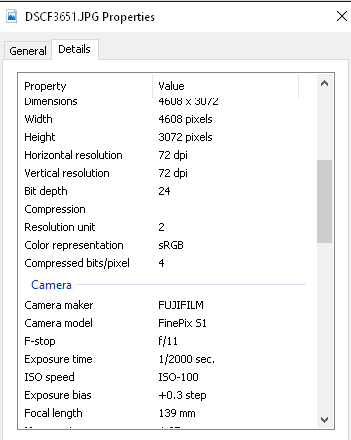I have no doubt that was the right plane.I doubt that was the plane. If you could see that trail (how wide was it likely?) what other things the same width ought you see that far away? (It'd take a telescope to see anything that far away besides the coast range mountains)
More likely to me, it proves that there's trails out there that you can't identify.
I have a clear view to the west from my bedroom window. I can watch planes that fly nearly overhead as they head west towards America and can often see still see their contrails with the naked eye when they are over Wales, 100 miles or more away – even when the contrails are relatively short.
See for instance this post in this thread. The plane passed only a few miles to my north so I was able to watch it all the way and ensure it was the same plane. That photo was taken when it was 125 miles away.
It's easier close to sunset as the trails shine out against the surrounding sky.
Last edited:







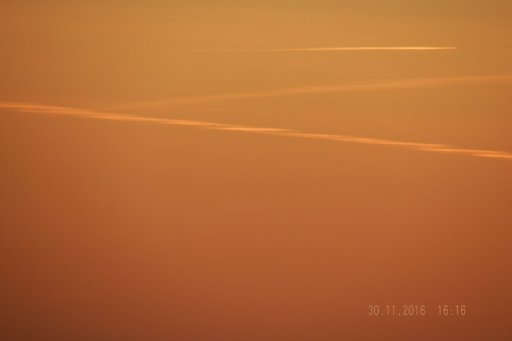

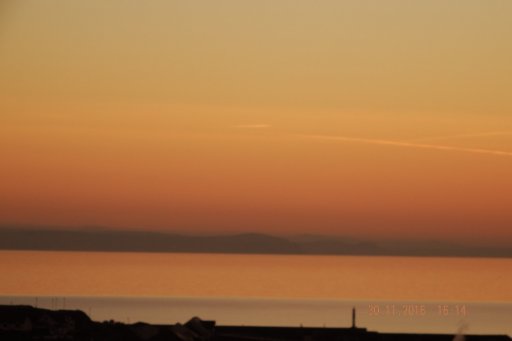


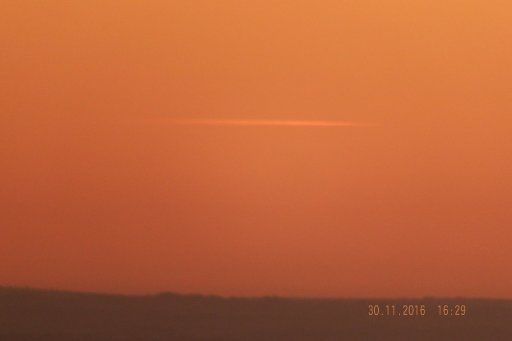
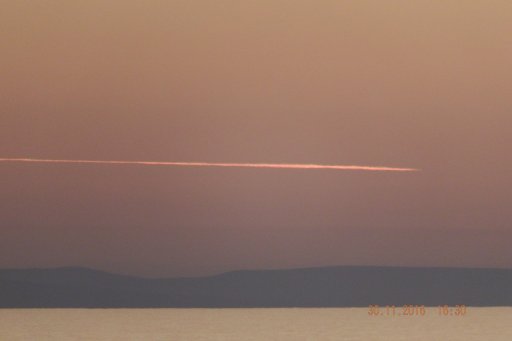
![DSCF3695[1].JPG](/data/attachments/22/22537-db9ce9777b8d8490054cfc1ba7b073d6.jpg)


